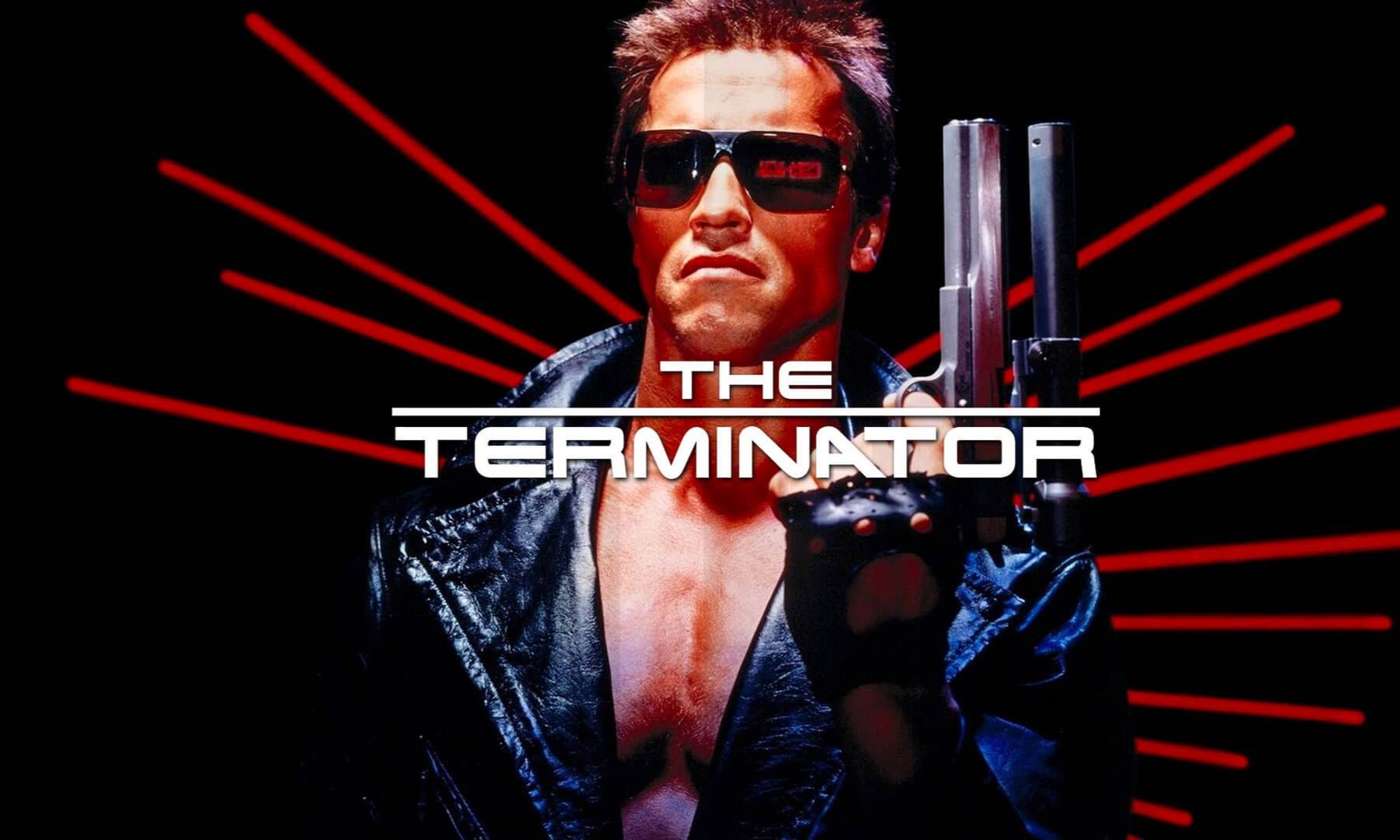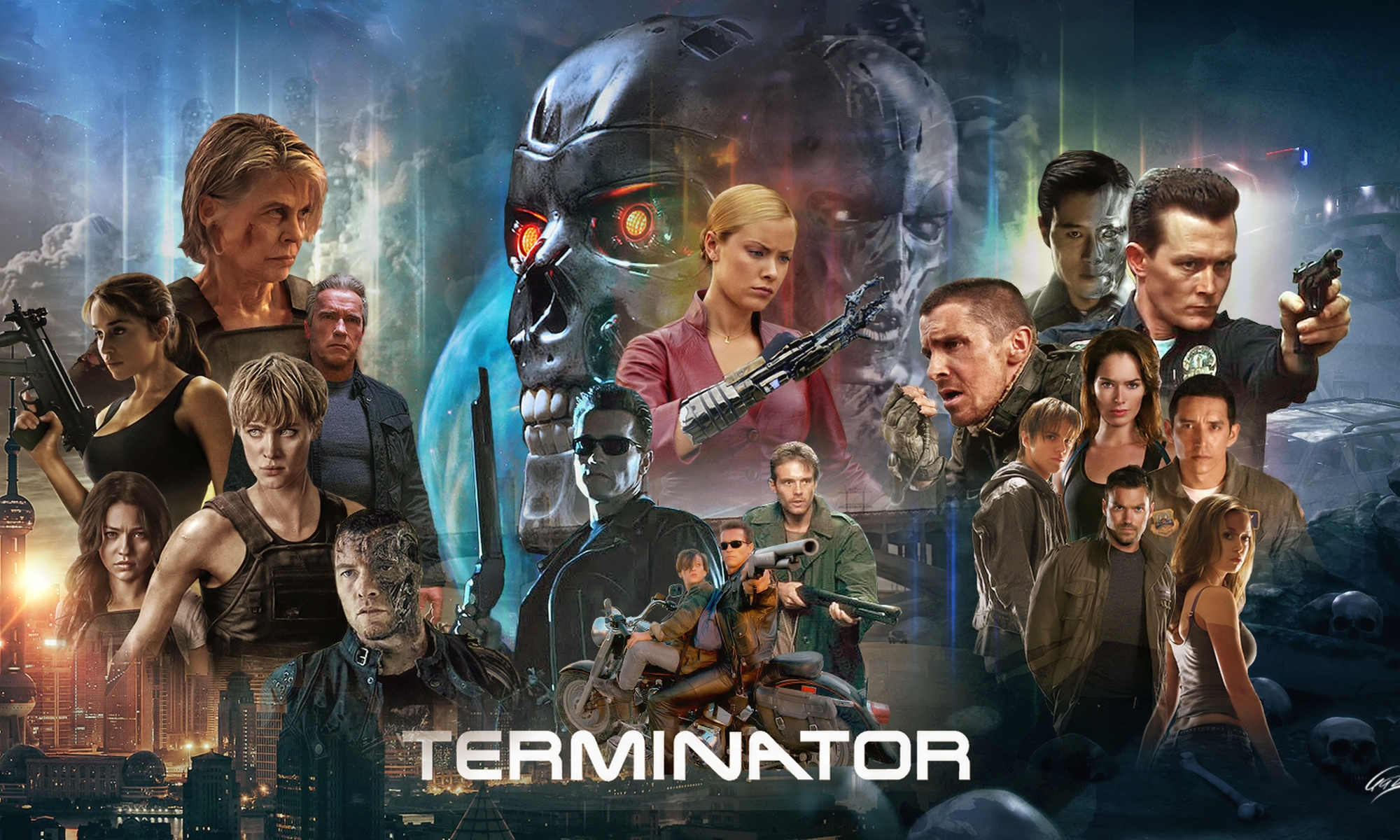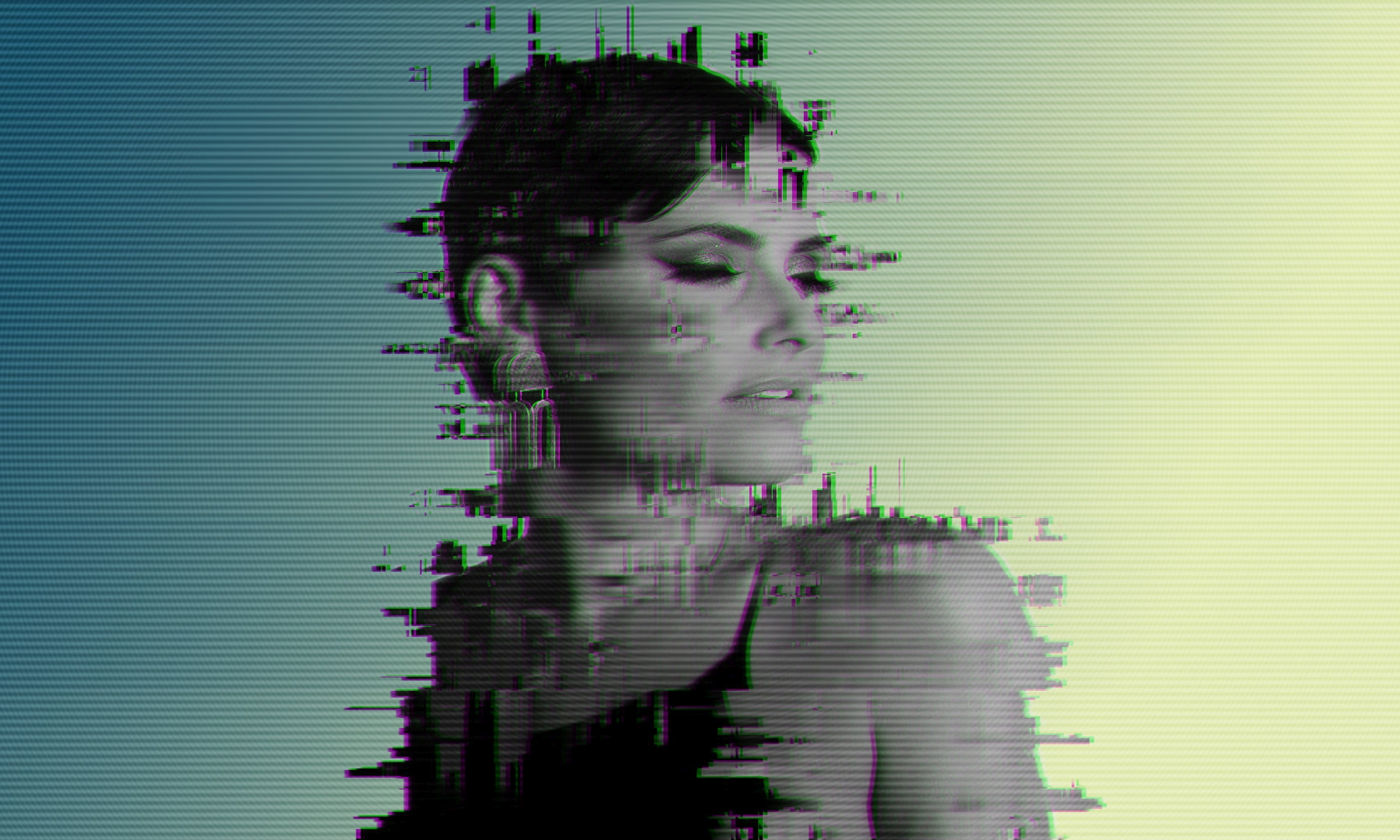Robert Patrick sits back, his face thoughtful as he recalls the iconic moments from his role as the T-1000 in Terminator 2: Judgment Day. The memories flood back, especially the infamous scene where his character, an unstoppable liquid metal assassin, meets his fate in a vat of liquid nitrogen.
He leans forward, speaking quietly, as though still haunted by the scene. “That moment… when the T-1000 is frozen solid, then shatters into pieces… It’s almost like Robert Frost’s poem, Fire and Ice. There’s something so fitting about it—this unstoppable force being brought down by something so simple and yet so destructive. Fire and ice, two opposing forces, both capable of ending everything. It’s kind of like the T-1000. Fire, relentless, chasing its target with fury, and then… ice. Cold, unforgiving, and just as lethal.”
He takes a deep breath and recites the lines, his voice taking on a weight that mirrors the destruction he portrayed on screen:
“Some say the world will end in fire,
Some say in ice.
From what I’ve tasted of desire
I hold with those who favor fire.
But if it had to perish twice,
I think I know enough of hate
To say that for destruction ice
Is also great
And would suffice.”
Patrick pauses, reflecting on the irony of Frost’s words in the context of his character’s demise. “In a way, the T-1000’s destruction is symbolic of that fire and ice. It’s pure, intense, and relentless, like fire—never stopping, always hunting. But it’s also cold, calculated, a machine built with one purpose: to destroy without emotion. And in the end, it’s the ice, the freeze, that takes it down.”
He leans back, his gaze distant. “It’s a strange parallel. In the world of Terminator, the end comes in both fire and ice. But for the T-1000, it’s the coldness—the lack of humanity—that makes its destruction so final.”
Patrick smiles faintly, almost ruefully. “Maybe that’s why I still remember it so vividly. It wasn’t just the action or the special effects; it was the poetry of it. The fire of the chase, the ice of its end.”


